The new retro-inspired Nikon Zfc looks the business, and internally it’s almost identical to the older Nikon Z50. Essentially, Nikon has taken its existing DX model, prettied it up based on its FM2 film camera, and sprinkled it with a few bonus extras.
Paying a premium for something that looks a bit funkier isn’t anything new, and arguably the Zfc is worth it for that alone – after all, wanting to pick up your camera because you enjoy how it looks and feels is an important part of photography. But what other differences are there between the Zfc and the Z50, and is there anything other than aesthetics that make the slight price premium worth it?
First of all, let’s check out a few of the similarities. Both models share the same APS-C 20.9MP sensor and image processing combination – so image quality should be pretty much identical. There’s also a shared focusing system and mostly the same 4K video capabilities, as well as the same level of dust and weather-sealing.
The viewfinder for both is also a 0.39-inch XGA OLED 2360k-dot electronic affair, but it’s other aspects of the outward body design, handling and controls where the two models diverge – here are all the key differences you need to know.
- These are the best Nikon cameras you can buy
Nikon Zfc vs Z50: Handling
One of the biggest differences between the Zfc and the Z50 is how they handle.
To give it a streamlined and classy finish, the Zfc has a flat fronted design, with no hand grip to get hold of, nor any thumb grip or rest on the back of the camera. While it looks great, it has potential to be a little slippy in use.
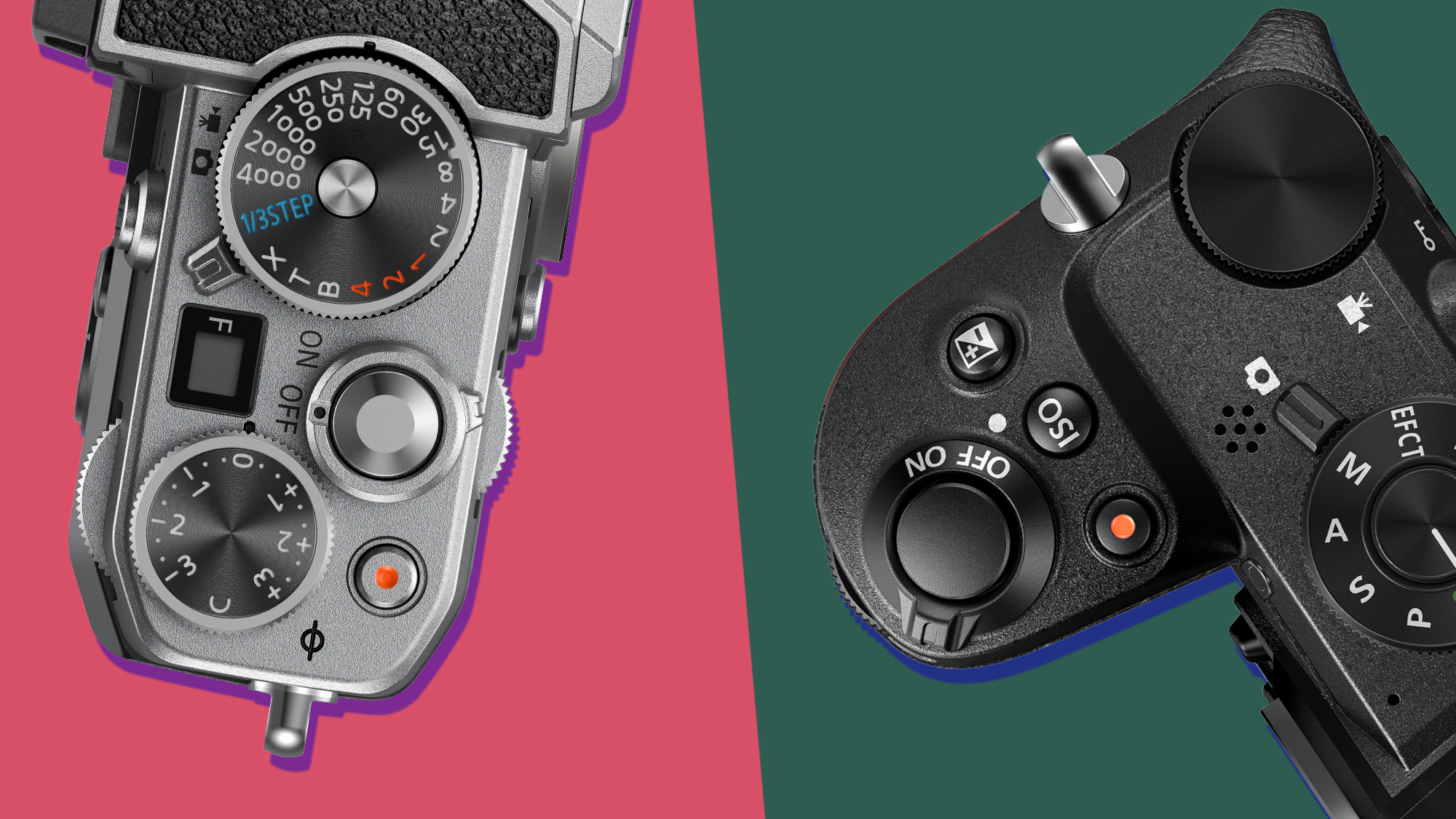
It’s quite a marked difference from the Z50, which has a pronounced, deep hand grip which helps the camera to feel secure in the hand. There’s also a fairly large thumb grip on the back of the camera. This is why the Z50 will remain on sale, as a more practically-minded alternative.
Another small difference between the two is the different-shaped eye piece surrounding the viewfinder. On the Zfc, it is circular in design, while the Z50’s is rectangular. This is something Nikon has taken from the FM2 design, and in practice should only be an aesthetic difference, rather than affecting the usability.
- Check out our guide to the best Nikon Z lenses so far
Nikon Zfc vs Z50: Controls
Having a body replete with controls helps add to the Zfc's analogue look – and it also makes changing certain settings a lot quicker, and certainly more tactile.
The Zfc features three dials on the top of the camera to control shutter speed, exposure compensation and ISO sensitivity, giving you direct access to those settings. The ISO dial doubles up as a mode switcher, too.
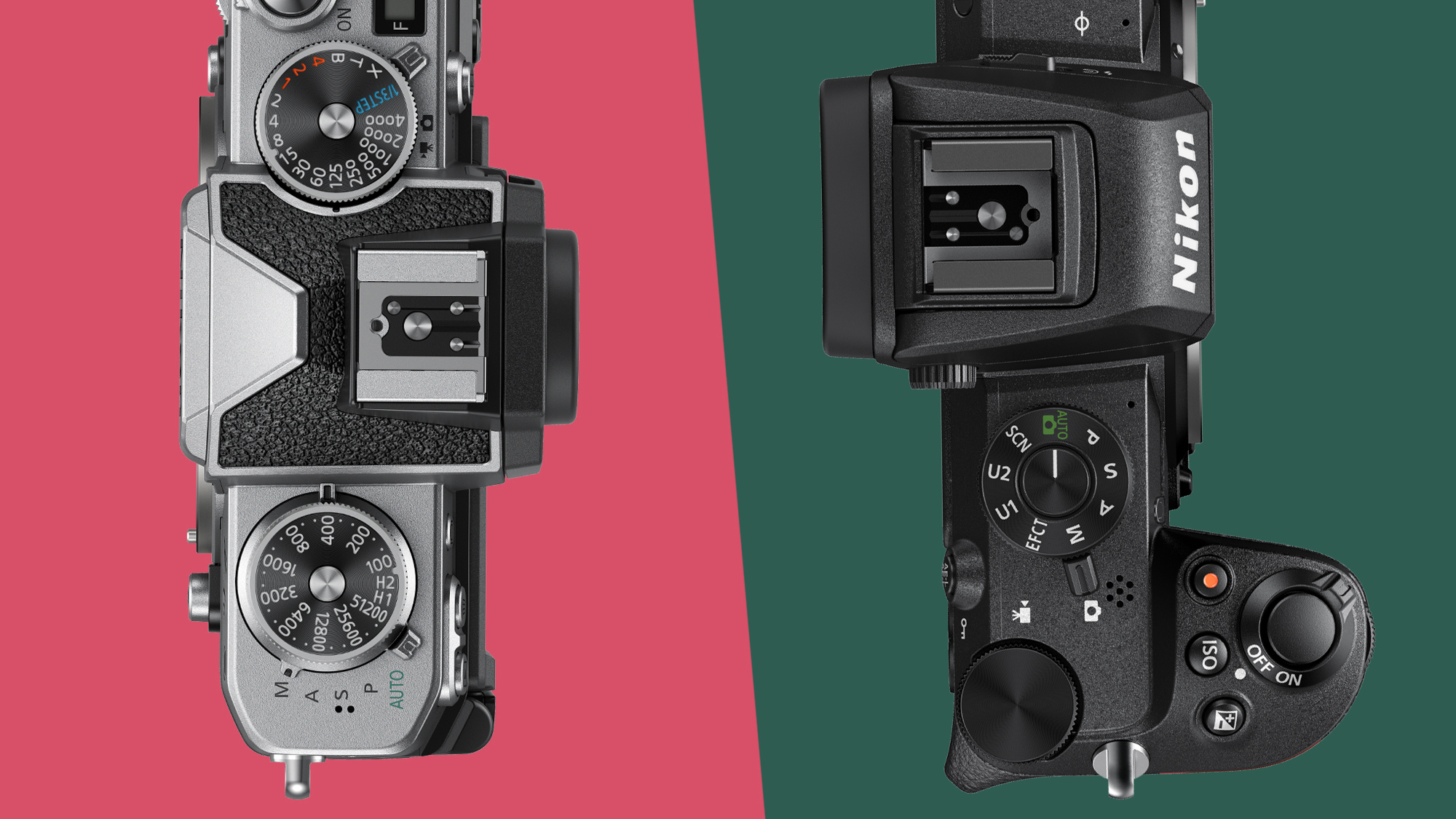
Dual control dials at the front and rear of the camera control other settings, such as aperture. Interestingly, there’s also a small window on the top of the camera which displays the selected aperture, so you can quickly see it at a glance without having to look at the back of the camera.
The Z50 is a much more basic affair control-wise, with just a mode dial on the top of the camera, alongside the standard dual control dials on the front and rear of the camera. Other settings changed are made via buttons on the back of the camera in combination with menu options.
Nikon Zfc vs Z50: Screen
Here’s one difference that is definitely more than just about looks. Although both cameras use a 3.2-inch 1040k TFT screen, the Zfc’s display has a vari-angle hinge, allowing you to position it more freely than the Z50’s tilting option.
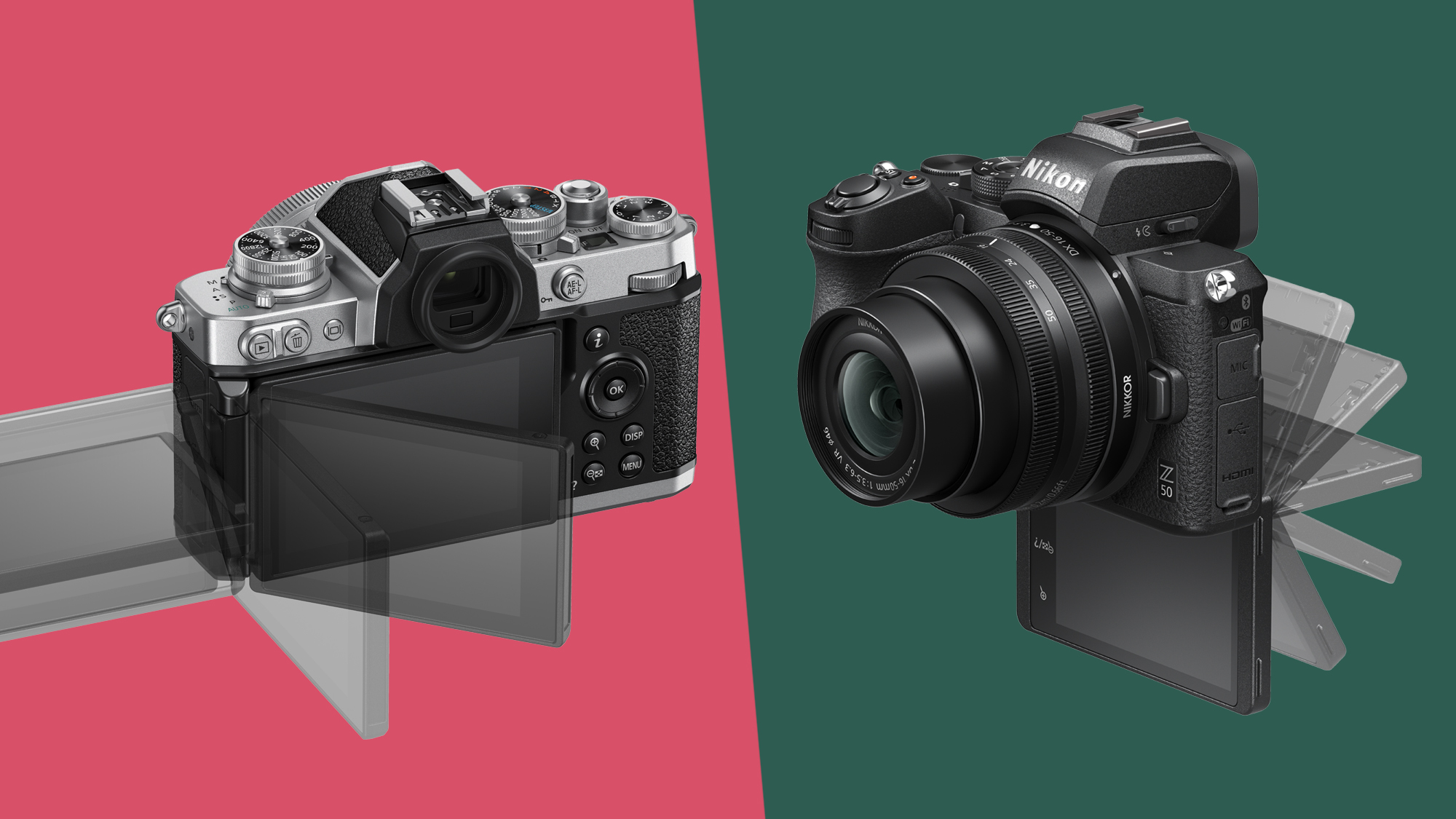
That’s likely to make it particularly appealing to vloggers capturing video content. The Z50’s tilting screen can tilt all the way forward, but as the hinge is at the bottom of the camera, it’s not possible to use it with the camera mounted to a tripod. Vloggers who want to present to camera will therefore more likely favor the articulation of the Zfc.
Nikon Zfc vs Z50: Connectivity
This one’s a small but significant difference. While the Nikon Z50 uses a Micro USB connector for charging, the Nikon Zfc opts for the more modern USB-C.
The newer type is faster, sturdier and more flexible than Micro USB, and also brings it in line with other devices you might have which use the same connection, such as smartphones, computers and even other Nikon models.
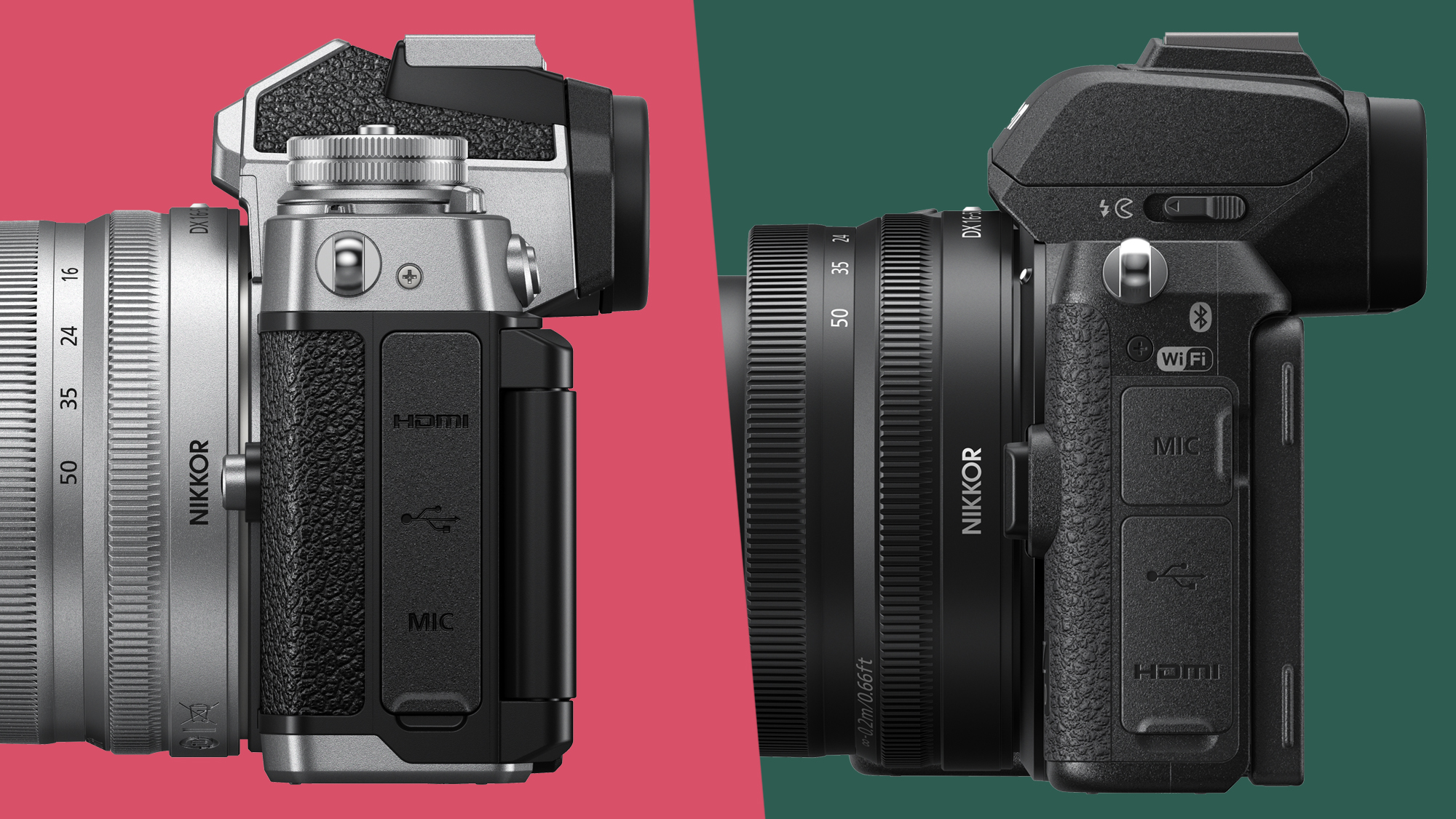
Not only that, but the Zfc supports USB Power Delivery, meaning it can be used to power other devices when the camera is switched on, and also be charged out in the field with an external battery.
Nikon Zfc vs Z50: Video
On the whole, the Nikon Zfc and the Z50 have the same video specifications, with both offering uncropped 4K recording at 30p, 25p and 24p.
However, one useful feature which has made its way on to the Zfc from other Z models is the addition of Eye-AF for video. This is something which could well make it to the Z50 via a firmware upgrade, but for now, it sets the two apart a little.
Nikon Zfc vs Z50: Flash
An omission that will bother some more than others, the Nikon Zfc doesn’t include an inbuilt flash.
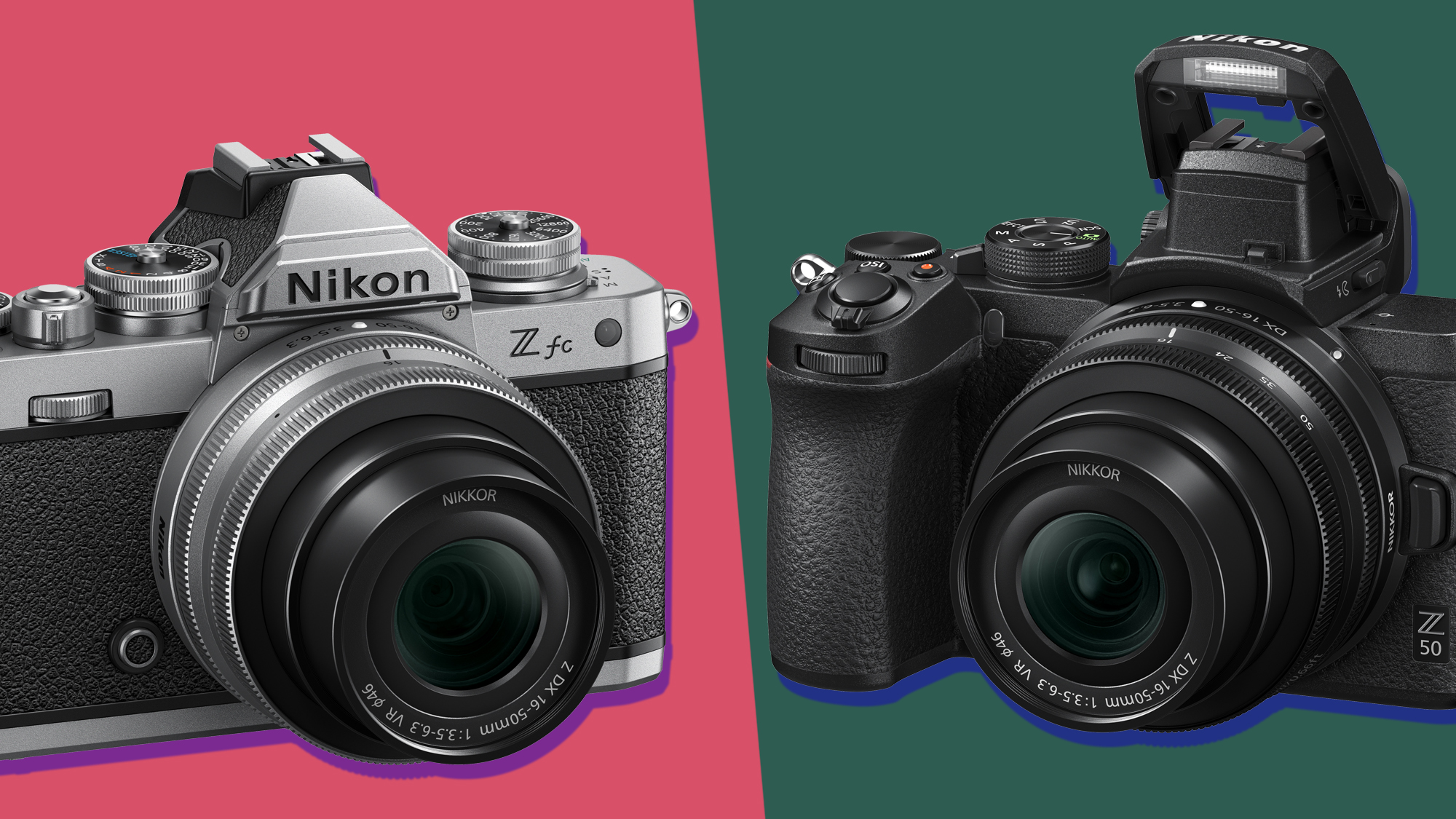
If you’re somebody who mostly photographs in natural light – or conversely, you go the other way and use off-camera flash – then that’s unlikely to be a deal breaker.
By contrast, the Nikon Z50 includes a manual pop-up flash, along with a number of flash modes, such as red-eye reduction.
Nikon Zfc vs Z50: Price
Any new camera, regardless of its internal similarities to old models, always has a price premium.
The Zfc will be available in a variety of bundles, with the body only price starting from $959 / £899 / AU$1,499, and a number of different kit packages with various lenses. For example, you might like to buy the Zfc with the 16-50mm f/3.5-6.3VR kit lens, which will cost you $1,099 / £1,039 / AU$1,699.
Those prices are slightly above the launch prices of the Z50 (albeit a couple of years later), and which you can now pick up for $856 / £739 / $AU1,168 (body only) or $996 / £879 / AU$1,181 (with the 16-50mm lens).
Over time we’d expect the prices to even out a little, but for now if you’re considering the two cameras, you’ll have to decide whether it’s worth saving some cash by going for the Z50.
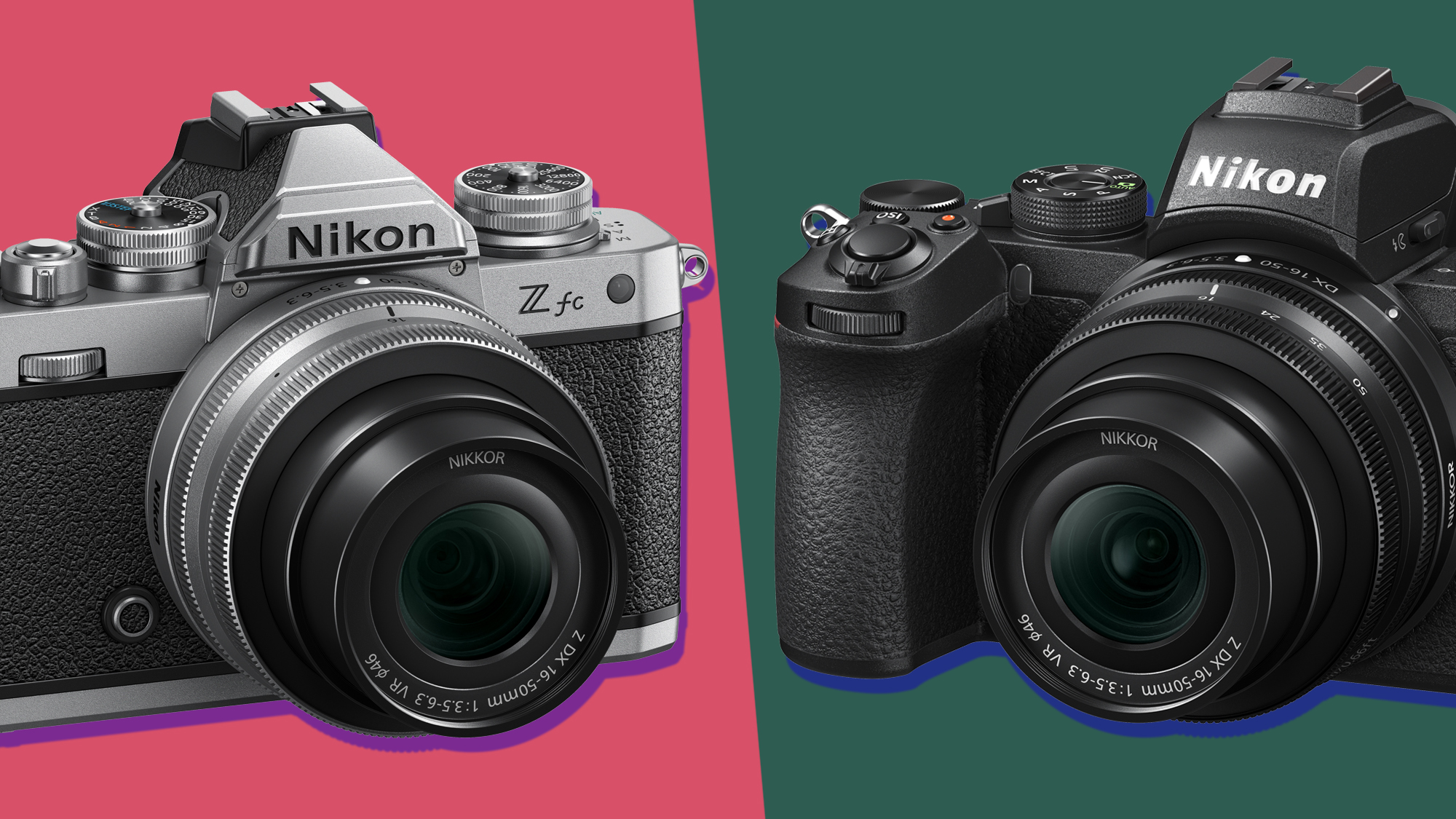
Nikon Zfc vs Z50: Conclusion
With these two models being internally almost identical, there’s not a huge amount to separate them. If you’re stuck between the two, the likelihood is that it will come down to three things – style, handling and price.
If you’re particularly keen on the retro stylings, direct controls and handling of the Zfc, you’ll be happy to spend extra cash to get your hands on it. Meanwhile, if you’re not so bothered about that, and perhaps would prefer the chunkier handgrip of the Z50, then you can save a decent chunk of cash by plumping for the older model.
Look out for our full review of the Nikon Zfc soon.
- These are the best beginner cameras you can buy right now
from TechRadar - All the latest technology news https://ift.tt/3qITQ9m
Aucun commentaire: